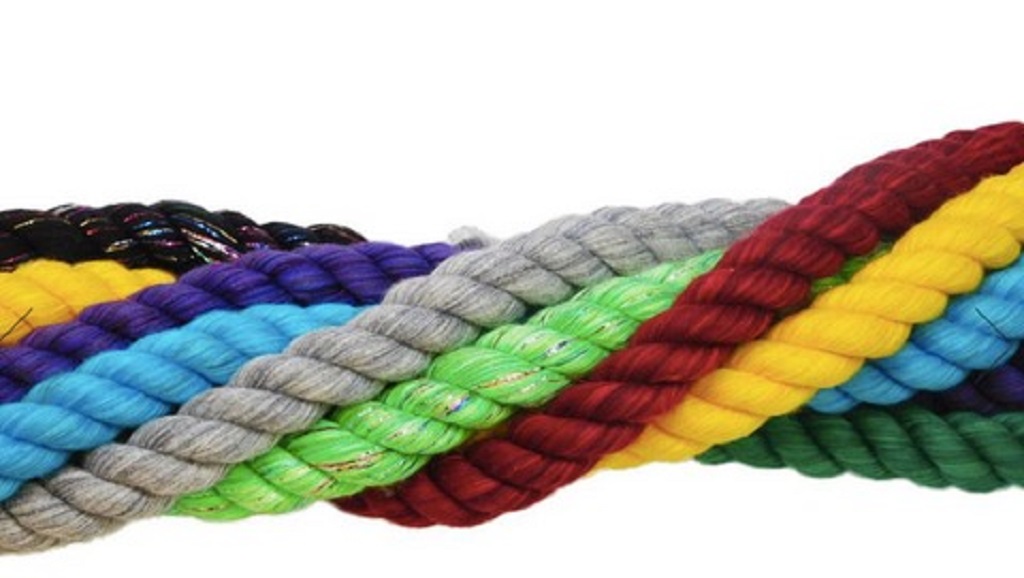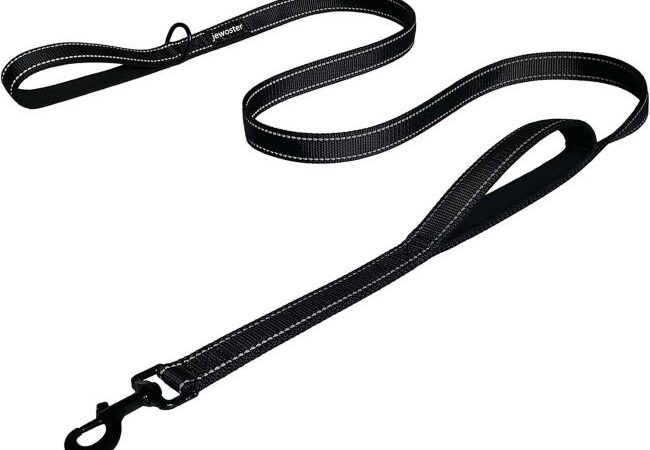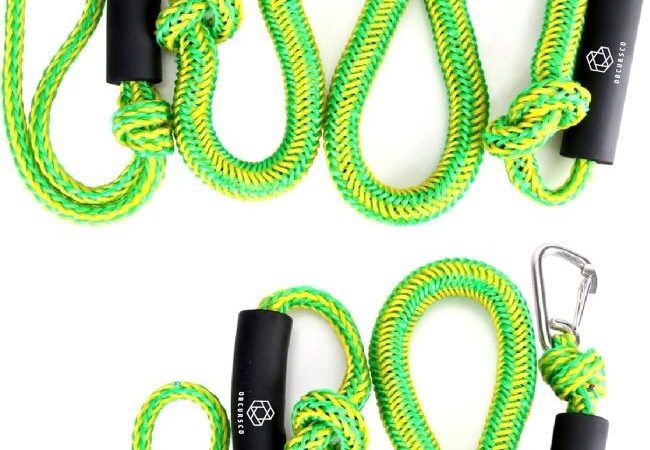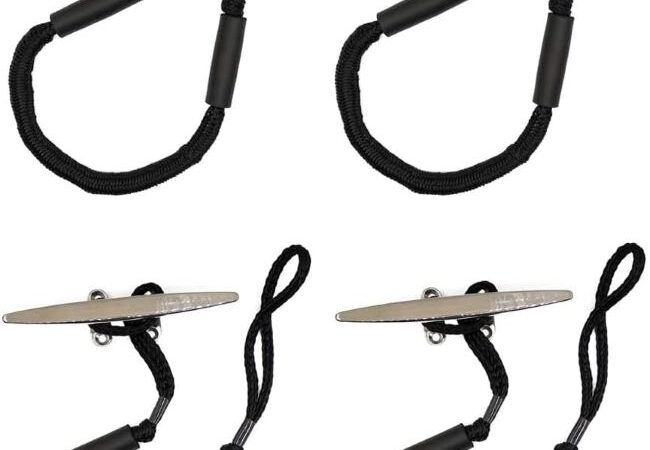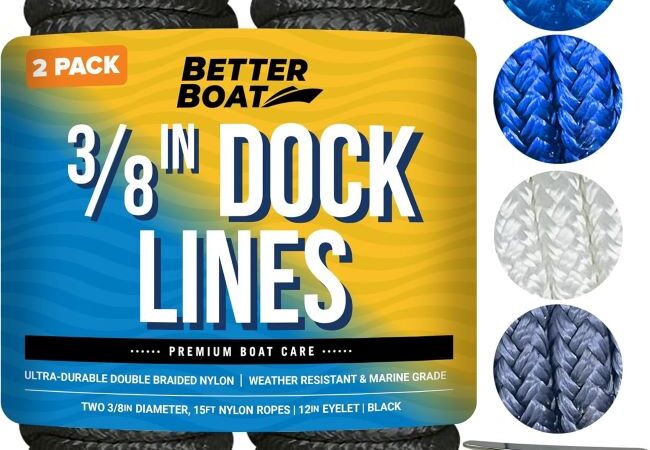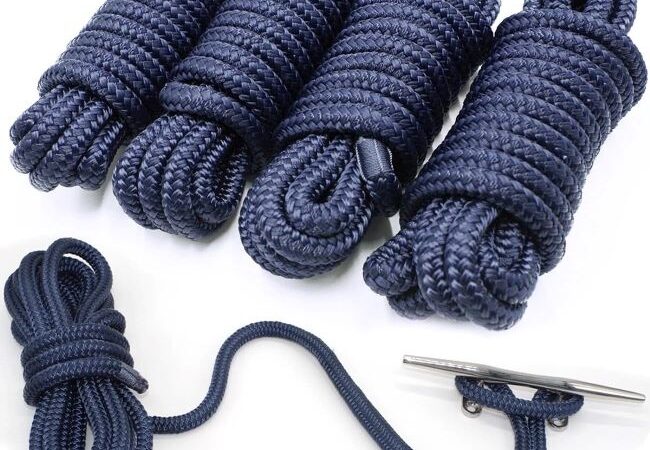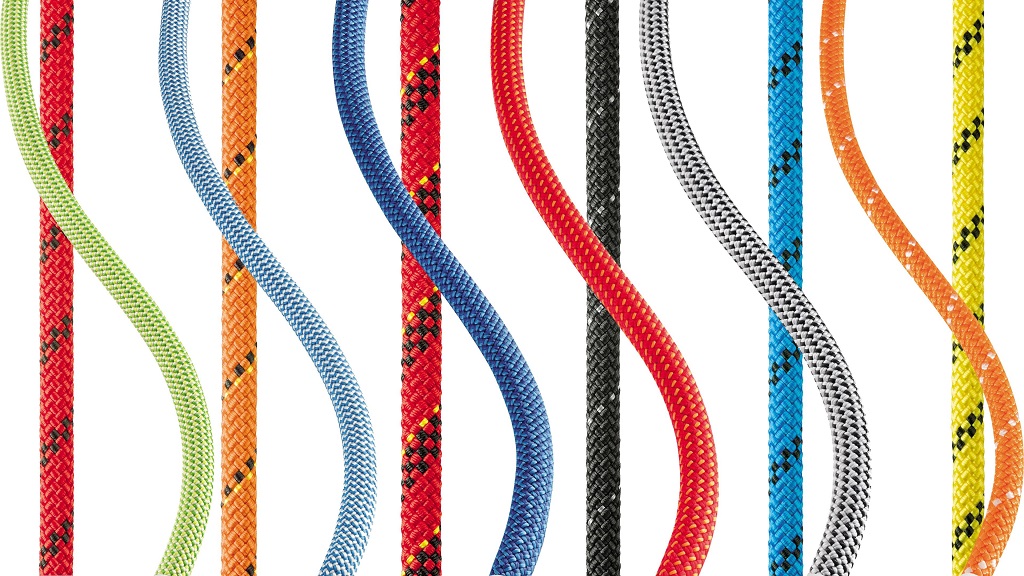
Essential Rope Types and Their Practical Uses: A Complete Guide for Every Homeowner
Picture this: You’re standing in the hardware store, staring at an overwhelming wall of rope options, each claiming to be the best for your needs. From climbing adventures to simple household fixes, choosing the wrong rope can mean the difference between success and failure – or worse, safety and danger. Whether you’re securing a load on your truck, setting up a backyard swing, or preparing for an emergency situation, understanding rope types and their applications isn’t just useful knowledge – it’s essential.
Contents at a Glance
ToggleUnderstanding Rope Construction and Materials
Before diving into specific rope types, it’s crucial to understand how rope construction affects performance. Ropes are categorized by their fiber composition, which directly impacts their strength, durability, and suitability for different applications.
Natural Fiber Ropes
Natural fiber ropes have been humanity’s trusted companions for thousands of years. Manila rope, made from abaca plant fibers, offers excellent grip and natural resistance to UV rays, making it perfect for outdoor applications like landscaping and marine use. Its coarse texture provides superior handling, though it’s susceptible to rot when exposed to moisture repeatedly.
Cotton rope stands out for its softness and flexibility, making it ideal for indoor decorative purposes, crafts, and situations where skin contact is frequent. While not as strong as synthetic alternatives, cotton rope is biodegradable and comfortable to handle, perfect for gymnasium equipment and theatrical rigging.
Sisal rope, derived from agave plants, offers a middle ground between strength and cost-effectiveness. Its natural oils provide some water resistance, making it suitable for general outdoor use, though it’s rougher on hands than cotton alternatives.
Synthetic Rope Materials
The synthetic rope revolution has transformed how we approach challenging applications. Polypropylene rope leads the pack for marine applications due to its unique ability to float on water. Its resistance to chemicals, moisture, and UV rays makes it invaluable for boat mooring, pool safety lines, and outdoor equipment securing.
Nylon rope represents the gold standard for strength and elasticity. Its shock-absorbing properties make it perfect for dynamic loads, such as towing vehicles or securing cargo that might shift during transport. However, nylon’s tendency to stretch can be a disadvantage when precise length control is required.
Polyester rope combines the best of both worlds – high strength with minimal stretch. This makes it ideal for applications requiring dimensional stability, such as flag lines, guy-wires for tents, and situations where consistent tension is crucial.
Rope Construction Types: Understanding the Difference
Twisted Rope Construction
Traditional twisted rope construction involves three or more strands spiraled together. This time-tested method creates rope that’s easy to splice and repair, making it popular for marine applications and general utility use. The twist pattern allows for controlled stretch and provides excellent grip for knots.
Braided Rope Construction
Braided rope construction offers superior strength-to-weight ratios and smoother handling. Hollow braid rope is lightweight and flexible, perfect for flag lines and light-duty applications. Solid braid rope provides more strength while maintaining flexibility, making it ideal for recreational activities and moderate-load applications.
Double braid rope represents the pinnacle of braided construction, featuring a braided core within a braided sheath. This construction method maximizes strength while providing excellent handling characteristics, making it the preferred choice for sailing, climbing, and heavy-duty applications.
Practical Applications for Different Rope Types
Home and Garden Applications
For homeowners, understanding rope applications can solve countless daily challenges. Clothesline rope requires UV resistance and minimal stretch – making polyester or treated cotton ideal choices. Garden tie-down rope needs to withstand weather while being gentle on plants, where soft cotton or specialized plant-friendly synthetics excel.
Tarp securing and cargo tie-down applications demand high strength and knot-holding ability. Polypropylene or nylon ropes provide the necessary strength while resisting weather damage that could compromise security.
Recreational and Sports Applications
Climbing rope requires specialized dynamic properties to absorb shock loads safely. Modern climbing ropes use nylon construction with specific stretch characteristics that can mean the difference between a safe catch and serious injury.
Dock lines and boat mooring applications need ropes that resist saltwater corrosion while providing adequate stretch to accommodate tidal changes. Polypropylene or specially treated nylon ropes excel in these marine environments.
Playground equipment and swing installation require ropes that combine strength with safety. Synthetic ropes with smooth finishes prevent rope burns while providing the durability needed for regular use.
Emergency and Safety Applications
Emergency preparedness often overlooks rope selection, yet having the right rope can be lifesaving. Escape ropes must provide reliable strength while being easy to handle under stress. Static climbing ropes or high-strength polyester options provide the necessary security without excessive stretch.
Rescue applications require ropes with specific strength ratings and handling characteristics. Understanding load limits and safety factors becomes crucial when lives depend on rope performance.
Rope Maintenance and Safety Considerations
Proper rope care extends lifespan and maintains safety margins. Regular inspection for fraying, cuts, or chemical damage should be routine, especially for ropes used in safety-critical applications. UV protection can significantly extend outdoor rope life, while proper storage away from sharp edges and chemicals prevents premature deterioration.
Understanding working load limits versus breaking strength is crucial for safe rope use. The working load limit typically represents 10-20% of the breaking strength, providing adequate safety margin for normal use.
Selecting the Right Rope for Your Needs
When choosing rope, consider the specific demands of your application. Load requirements determine minimum strength needs, while environmental conditions influence material selection. Handling characteristics affect user comfort and safety, particularly for frequently used ropes.
Cost considerations should balance initial investment against expected lifespan and replacement frequency. While synthetic ropes may cost more initially, their durability often provides better long-term value.
Read More Also: Top Rope Products of 2025: Our Expert Picks
Frequently Asked Questions
What’s the strongest type of rope for general use?
For most applications, nylon rope provides the best combination of strength, durability, and versatility. Its shock-absorbing properties make it ideal for dynamic loads, while its resistance to abrasion ensures long-term reliability.
How do I know if my rope is safe to use?
Inspect rope regularly for fraying, cuts, discoloration, or stiffness. If the rope has been subjected to shock loads, chemical exposure, or shows any signs of wear, consider replacement. When in doubt, retire the rope from safety-critical applications.
Can I use marine rope for land applications?
Yes, marine ropes often exceed requirements for land use. Their weather resistance and strength make them excellent for outdoor applications, though they may be unnecessarily expensive for simple indoor uses.
What’s the difference between static and dynamic rope?
Static rope has minimal stretch and is used for fixed-load applications like rappelling or hauling. Dynamic rope stretches significantly to absorb shock loads, making it essential for climbing and fall protection.
How should I store rope to maximize its lifespan?
Store rope in a cool, dry place away from direct sunlight and chemicals. Coil rope loosely to prevent kinking, and avoid storing under heavy objects that could create pressure points.
Read More Also: DIY Rope Coasters, Rugs, and More: Budget-Friendly Ideas
Take Action: Choose the Right Rope for Your Needs
Understanding rope types and their applications empowers you to make informed decisions for your specific needs. Whether you’re securing a load, setting up outdoor equipment, or preparing for emergencies, the right rope choice ensures both success and safety.
Don’t let rope selection overwhelm you – start by identifying your specific requirements and match them to the appropriate rope characteristics. Remember, investing in quality rope suitable for your application pays dividends in performance, safety, and longevity.
Ready to make an informed rope purchase? Visit your local hardware store armed with this knowledge, or consult with specialists for critical applications. Your projects deserve the right rope – and now you have the knowledge to choose it confidently.

